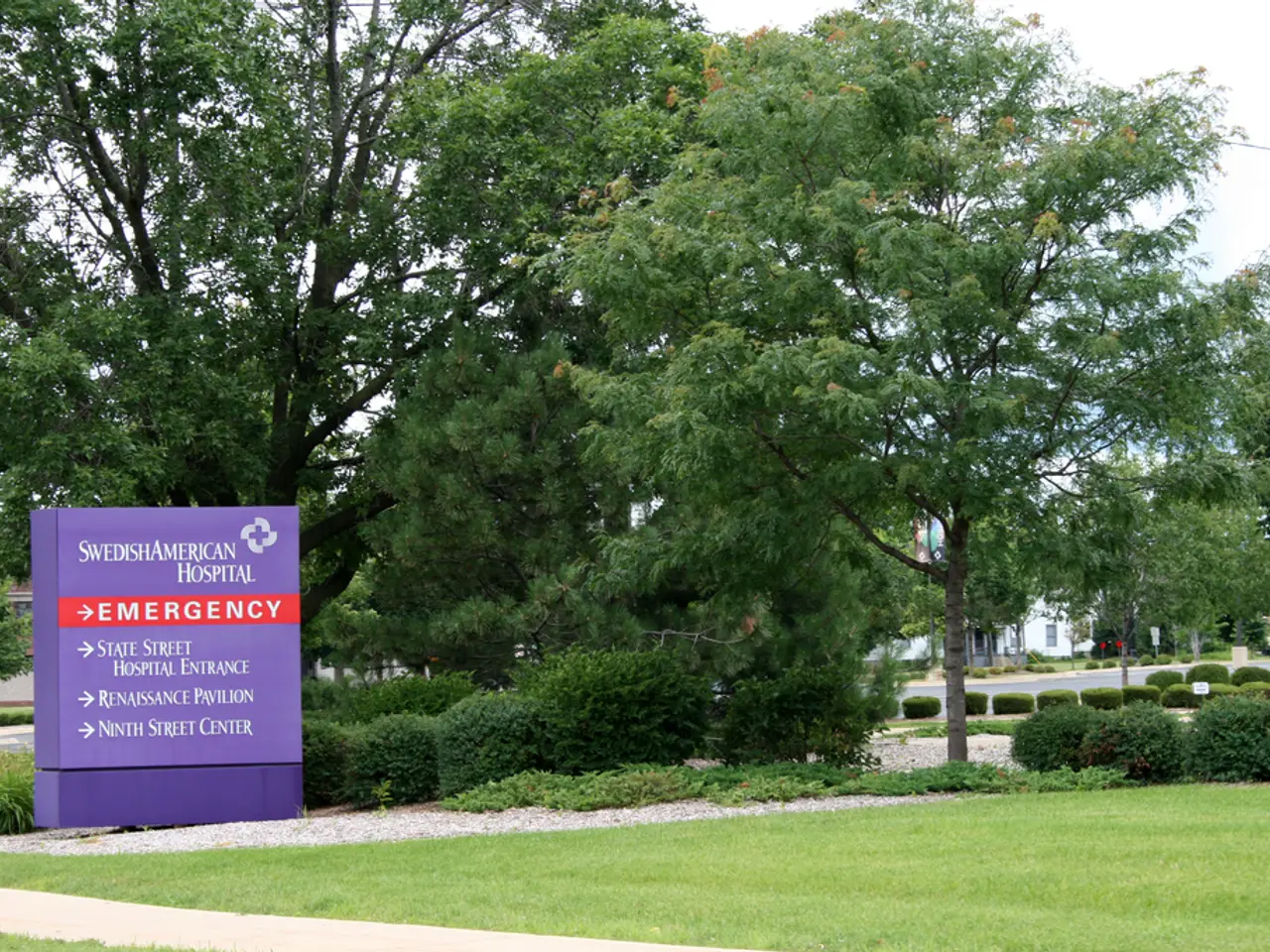Ongoing water scarcity in Thuringia despite persistent rainfall
Thuringia, Germany, has been experiencing an unusual dry spell, with experts puzzled by the continued drought. This weather pattern is causing significant issues at the Lützsche Dam in Geratal, where a water shortage has arisen.
The low water level at the dam is primarily due to below-average rainfall since late January 2023. However, several factors could be contributing to the situation.
- Structural issues or leaks in the dam or reservoir may be causing water to escape, preventing the accumulation of rainwater as expected.
- Increased water demand in the region, whether for agriculture, industry, or municipal use, can deplete reservoir levels faster than rainfall can replenish them.
- If the underlying ground or dam foundation is porous or fractured, rainwater might seep underground without adequately filling the reservoir.
- High temperatures and evaporation, as well as seepage into surrounding soil, can also lower water levels.
- Changes in land use around the reservoir, such as deforestation or urbanization, can affect runoff patterns and reduce the effective inflow of water.
The water shortage at the Lützsche Dam has potential consequences for the region.
- Disruption of water supply: Households, agriculture, and local industries may face reduced availability of drinking water or irrigation water.
- Ecological impact: Lower water levels can harm aquatic ecosystems, affecting fish populations, plants, and wildlife dependent on the reservoir.
- Hydropower reduction: Energy production could decline due to insufficient water flow.
- Economic effects: Agriculture and businesses relying on reservoir water may suffer financial losses.
- Increased risk of conflicts: Competition for limited water may heighten tensions among users in the region.
For more precise causes and impacts related to the Lützsche Dam specifically, local hydrological studies or regional water authority reports would provide detailed insights.
Despite continuous rain in many parts of Thuringia, the rainwater is not flowing into the Lützsche Dam due to absorption by nature. This has led to parts of the dam being dry, and the concentration of microorganisms and blue-green algae increasing, with faster reproduction rates.
The Geratal community has imposed a swimming and entry ban at the Lützsche Dam due to an acute accident risk. The low water level at the dam also threatens the water quality, and a decrease in water quality in the remaining water bodies cannot be ruled out, especially in the summer.
The Lützsche Dam has been operating under a special plan since 2020, involving intentional winter lowering of the water level to relieve the dam wall and refilling in the spring. However, the lack of rainfall in the spring of 2023 prevented the dam from being refilled as planned.
The unusual weather conditions in Thuringia have resulted in the water shortage at the Lützsche Dam, causing concern among experts. The winter of 2022-2023 brought little snow, resulting in a lack of meltwater in the spring. The weather in Thuringia has been unseasonably dry, adding to the challenges faced by the region and the Lützsche Dam.
The unusual dry weather pattern in Thuringia, which has resulted from the unseasonably dry conditions and lack of meltwater in the winter of 2022-2023, coincides with the continued drought experienced at the Lützsche Dam. This situation, in turn, highlights the potential effects of climate change on environmental science, particularly water reservoirs like the Lützsche Dam. The low water level at the dam, exacerbated by factors such as the absorption of rainwater by the surrounding land and the potential leaks or structural issues, poses significant challenges to the region, including disruptions in water supply, ecological impacts, reductions in hydropower, economic effects, and increased risks of conflicts.








